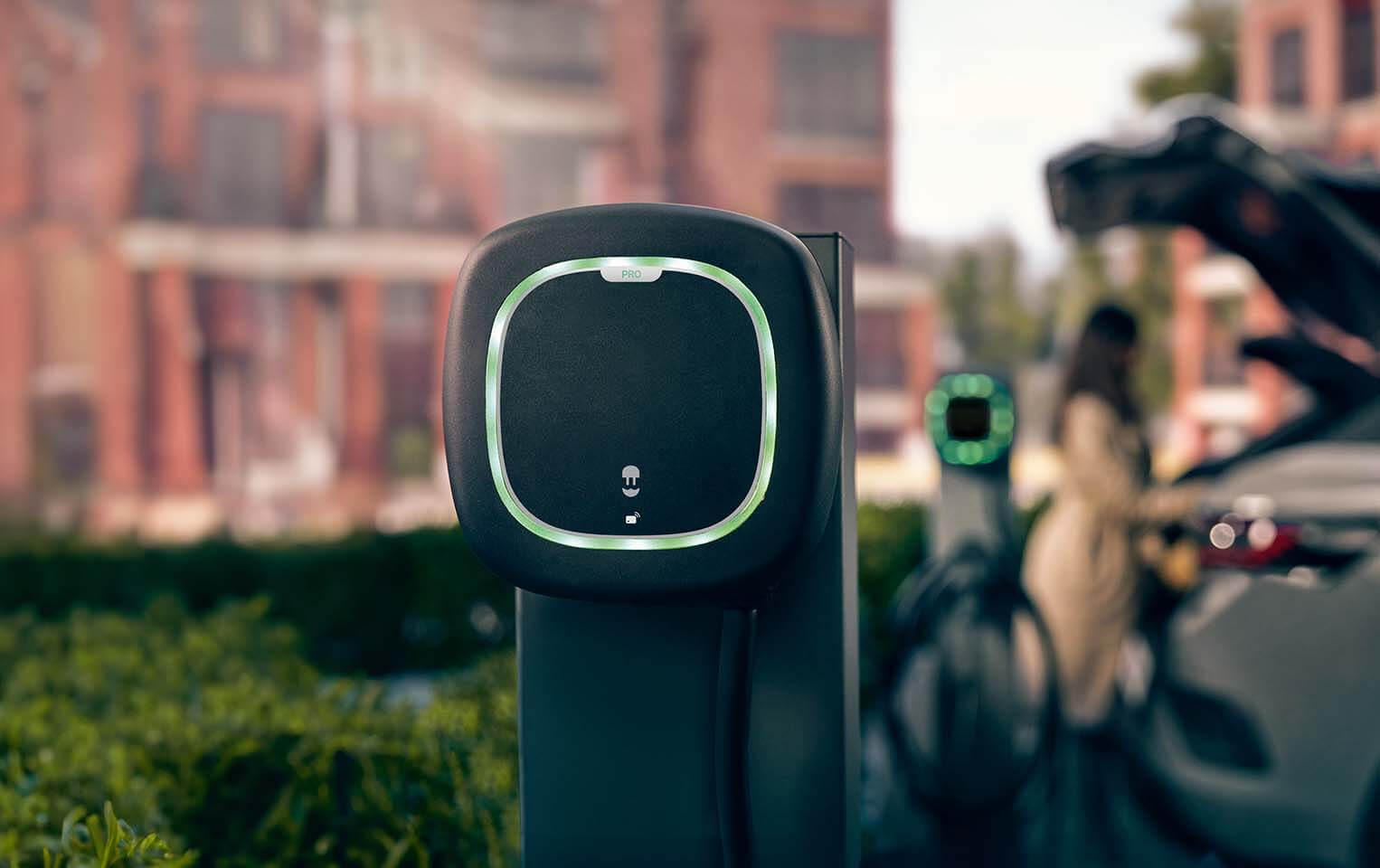The ability to Charge at Work can be the tipping point for those considering the switch to an electric vehicle.
On-site charging is also essential for businesses when adding EVs to their fleets.
By aligning workplace vehicle charging with times when electricity demand is low but the generation of clean wind and solar energy is high, we can minimize strain on our electric grid and help keep our rates low.
Employers may choose from one of the two following options to enroll in Charge at Work and receive financial assistance to offset equipment installation costs:

Applicant MUST :
Option 1
Option 2

The electric vehicle charger (or two) is free. Your electrician can quote you the cost to install the charger at your home. Installation may cost $800 to $2,000 depending on your property, access, location and labor costs. You can pay your electrician upon installation or have us pay the upfront cost and distribute it on your bill. But no slacking: If you don’t complete all the steps within 60 days, you’ll be charged $650 for the charger on your next electric bill.
To buffer installation costs, you can find rebates on our rebates page and at aspencore.org/core-rebates.
Your electrician will quote you the cost to install the charger at your facility.
Installation costs vary depending on your property, access, location and labor costs.
Be sure to check out our list of Preferred EV Charger Installers.
This program aims to overcome barriers associated with electric vehicle charging at workplaces while encouraging flexibility associated with EV charging load. Rebate funding will only be distributed to applicants on a reimbursement basis after the project has been completed and all requirements, terms and conditions have been met.